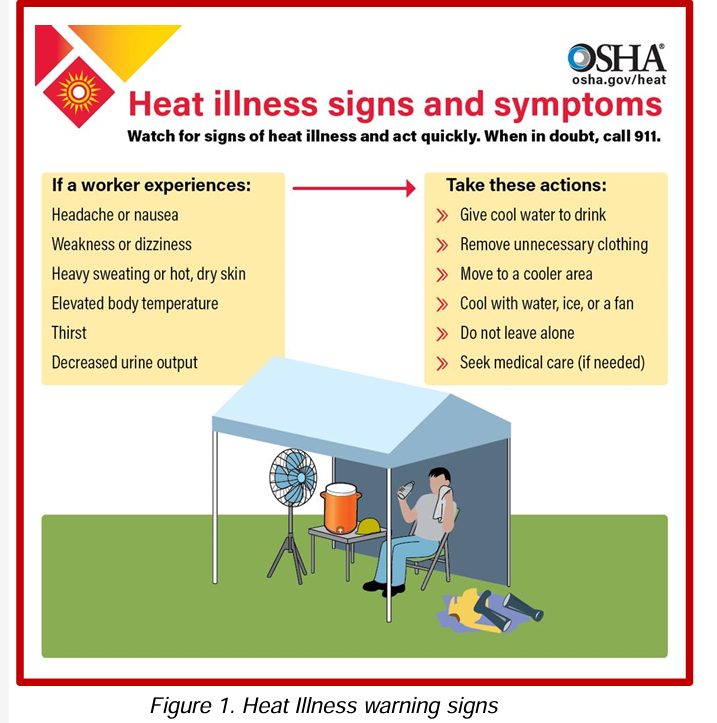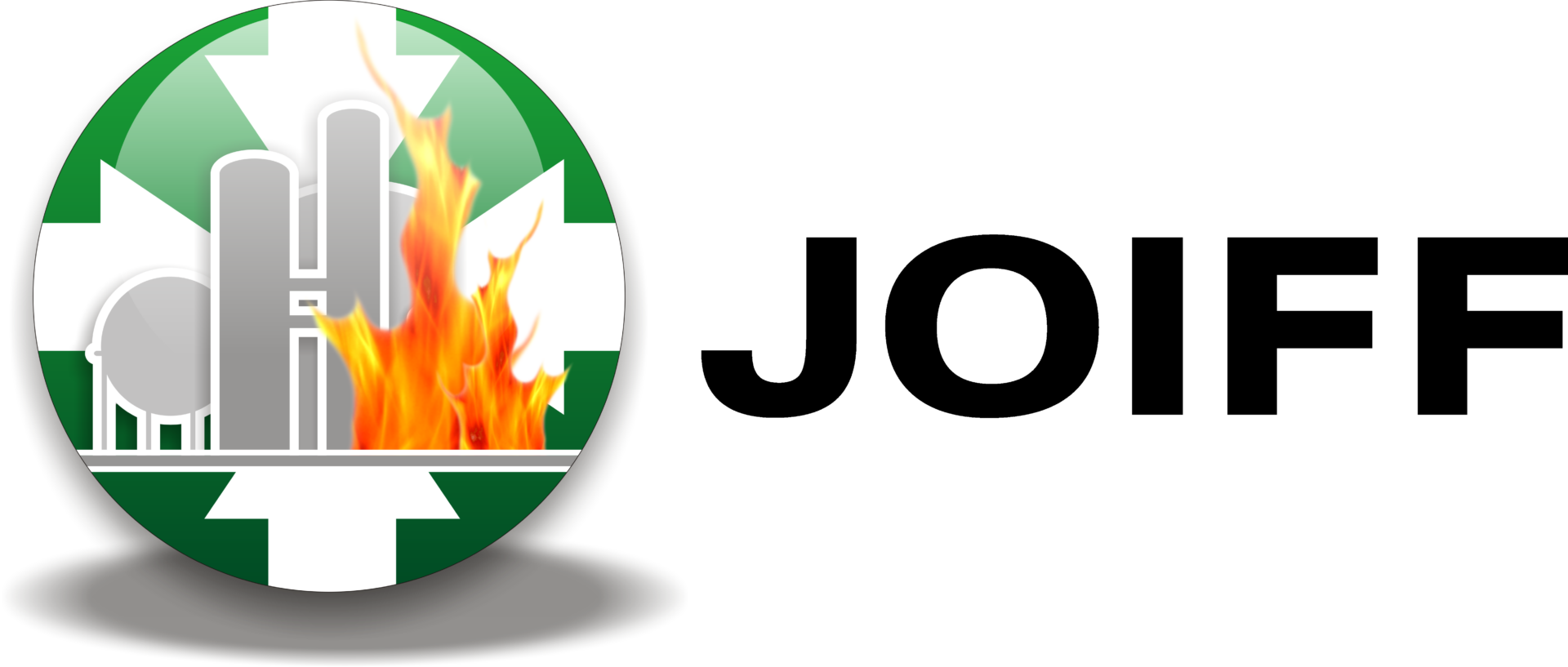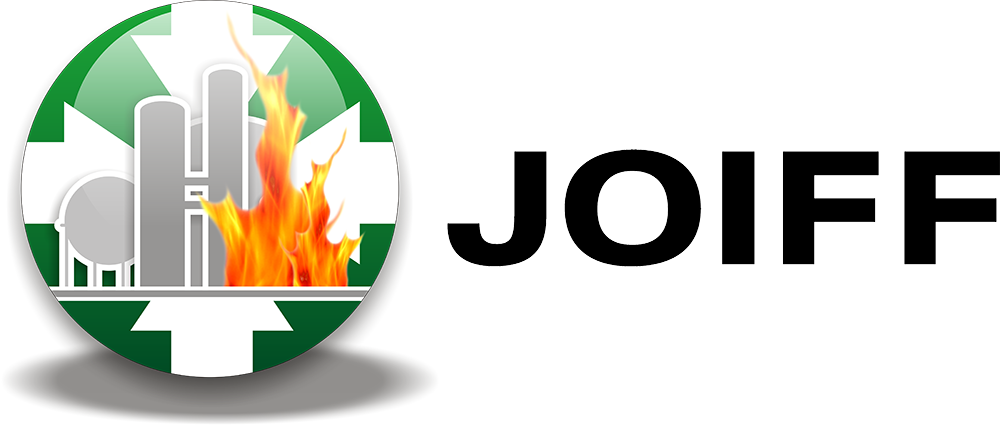Process Safety Beacon: Know the signs of heat illness

On July 20, 2020, a 35-year-old worker was fatally injured while working on a road construction project in New York state. The cause was severe heat illness, often called Heat Stroke. The worker had finished the second day of work on the outdoor work site when he collapsed. The high temperature that day was over 90º F (32º C).
While this incident occurred at a construction site, it could have happened at a refinery or chemical plant. An operator loading a tanker in the sunlight or a maintenance technician welding outdoors could also be the victim of heat illness.
NOTE: additional heat illness materials are available at: https://www.osha.gov/publications/publicationproducts?publication_title=heat+illness
Did you know?
- Heat is the leading cause of work-related deaths among all hazardous weather conditions in the US. From 2011-2022, 479 workers in the U.S. died from exposure to environmental heat.
- Working outdoors can expose workers to more intense sunlight and cause rapid dehydration.
- Indoor workers can experience heat stress when working around hot equipment or in poorly ventilated areas.
- Personal protective equipment (PPE) can also increase heat stress. Acid suits and welding jackets can trap heat close to the body and reduce evaporative cooling.
- Respirators can also accelerate dehydration.
- Warning signs of heat illness and first aid are shown in Figure 1 .
- Caffeinated drinks such as coffee, tea, and soft drinks can increase dehydration. Water is the best choice.
- You may be dehydrated beforeyou feel thirsty.
What can you do?
- Drink water frequently when working in higher temperatures and remind your coworkers to do the same.
- Know the warning signs of heat illness and what to do when you see the signs.
- Monitor your coworkers for signs of heat illness, stop them and notify your supervisor or emergency response team if you see any warning signs.
- Plan strenuous work for cooler times if possible.
- Ease into higher heat exposure jobs. Three out of four heat illness fatalities occur in the first days of the work week.
- Always wear the required PPE, even if it is hot. This may require more breaks to drink water and cool down.
Do not ignore the signs of heat illness. Take action to protect yourself and others.
Download the latest Process Safety Beacon
Source: AIChE 2025.

